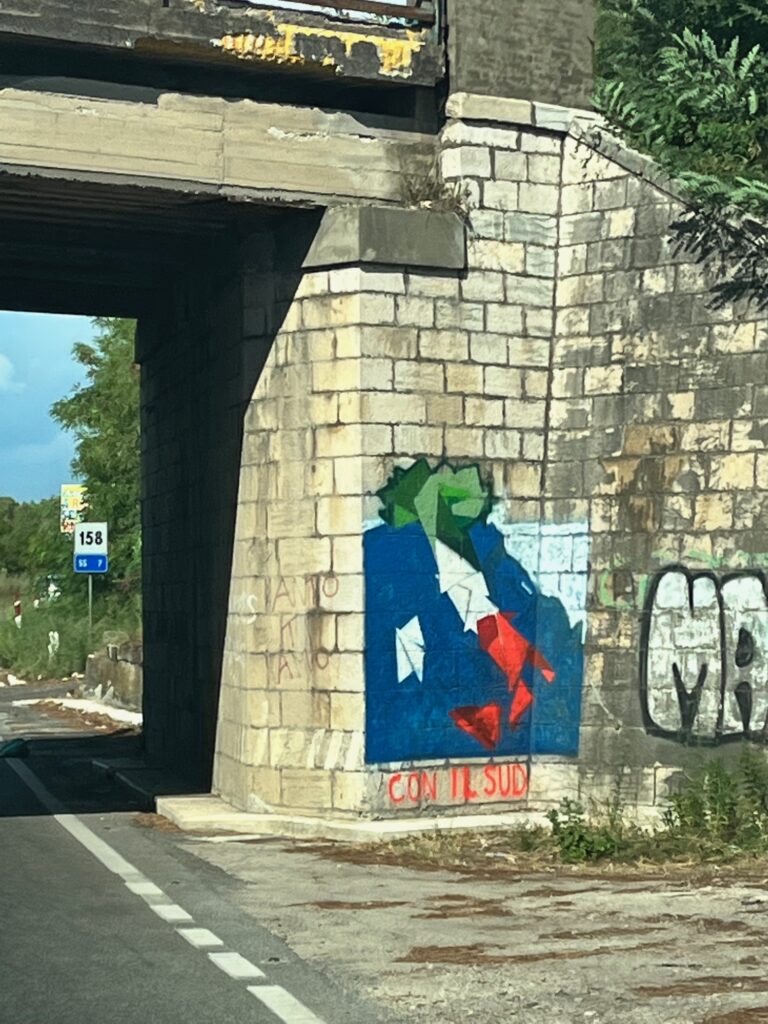
I am frequently asked what a foreigner like myself does in Italy if she has the extremely good fortune to actually live here. I mean, once I’ve visited the Colosseum, Trevi Fountain and Pantheon a good number of times. The answer is pretty simple, and indeed my more “local” activities mirror what I would do in any other place: you visit the rest of the stuff that most short-term visitors never get the time to see.
Ferragosto is a holiday in Italy where everything shuts down. You can learn more about the holiday here, but I think it is best be summed up by how one Italian described it: “Do not die, and do not be born during Ferragosto”. Essentially, most of Italy is at the beach during this period in mid-August. This means that you yourself should also plan to be on vacation during this time because nothing is going to get done. It’s a time to unwind.
I didn’t have the foresight to book any activity until the week prior to Ferragosto, and as such virtually everything was booked up. Like comically booked up. But I didn’t want to stay in Rome, because Rome in August is like a ghost town (Paris is similar in this regard). And so rather than head to the sea, I opted to take my three day weekend and take a modest jaunt to Campania, the region just south of Lazio (where you find Rome). Campania is always an easy score for several reasons:
- It is close to Rome
- It is close to the sea
- It is close to the mountains
- Naples
- The food is right up my alley
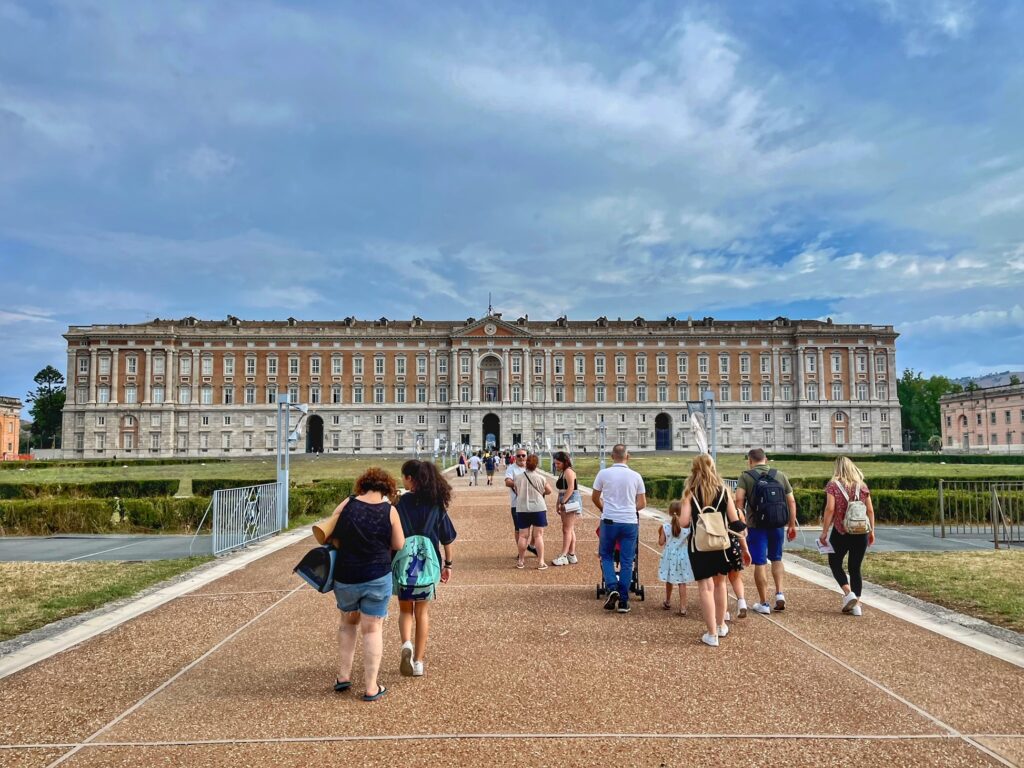
My workplace was good enough to send out a publication just prior to Ferragosto, a map that documented all of the UNESCO sites in Italy. I wouldn’t say that this exactly narrows things down, but for the case of Campania, it helped to make things easy. Of all the many time that I have zipped up and down the autostrada between Rome and Naples, I have never stopped into the Reggia di Caserta— the Royal Palace of Caserta. Up until this point it had only been a brown sign on the highway, denoting its UNESCO status and worthiness as a cultural stopping point.

Caserta itself is a small city located not far from Naples. Remember that it is Ferragosto and so all of the “big attraction” tourist spots are booked up. No matter—stay nearby in Santa Maria Capua Vetere and see what second and third tier places there are to see (NB: I cringe at calling such sites second and third tier because indeed, they all bear historical and archeological significance). But a someone who lives here and has already gotten to experience the “Top Ten” tourist spots, these places are highly desirable.
Did you know that Neapolitan Pizza is on the list of UN’s intangible cultural heritage items? The pizza tradition in Naples is a special point of pride—but what is more interesting to note is that last year, a pizzaiolo in Caserta (remember, just outside of Naples), won the prize for best pizza in the world. Santa Maria Capua Vetere is a “comune” of Caserta and so it wouldn’t be a stretch to imagine that they too knew how to make pizza. Remember point number five of the Campania region.

In Santa Maria Capua Vetere, the pizza indeed did not disappoint. The B&B I booked was centrally located and the proprietor recommended a fantastic spot just around the corner. Of course, the service bordered on comically bad (to include showing the Jamie Foxx film Day Shift on blast in the dining room)….but the pizza was sublime. There was no chance that this place would close as the service was very obviously not the crown jewel of the establishment. The pizza was so, so good that I’d go back again and watch that crappy film as I dug into my delectable pizza. Manna from heaven.
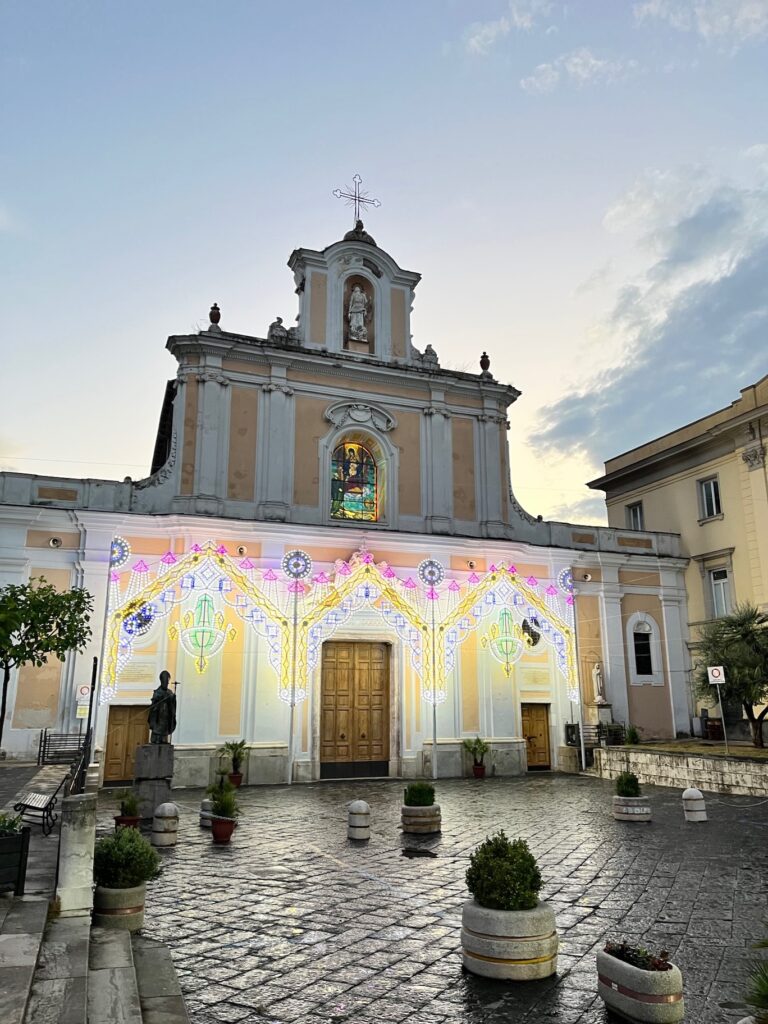
I am embarrassed to admit that I did not research on Santa Maria Capua Vetere (other than the Royal Palace) until I arrived in situ. It was simply one of the few places left in the area that had available rooms. Furthermore, life is busy enough and simply getting the heck out of Rome for the long weekend felt like an accomplishment in itself. But Santa Maria Capua Vetere is a charming little city, and there was plenty to wander around and look at once you go there. It’s nice to appreciate both the small and large bits of a place.
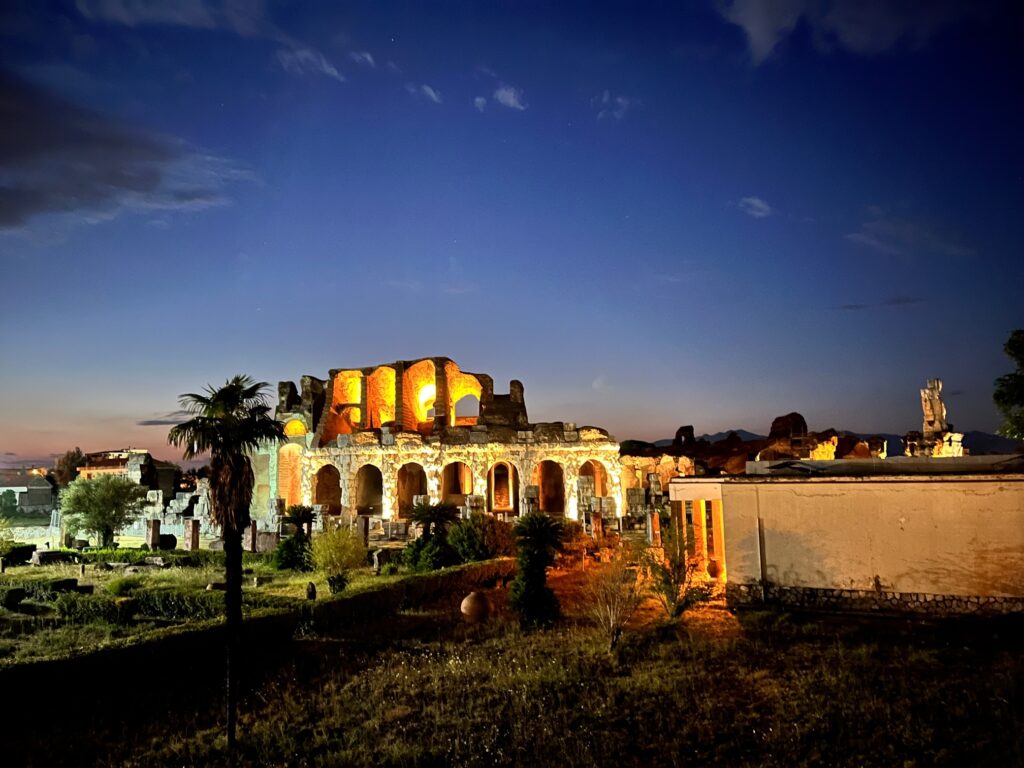
As it turns out, in Santa Maria Capua Vetere you can see the second largest amphitheater(second only to the Colosseum in Rome). And following a happy helping of local pizza, walking around the town in order to see the amphitheater all lit up was just the thing to do. As a foreigner who once considered Boston to be an “old city”, it’s always humbling to witness these gems in a place like Italy where two millennia of ruins still hold court.
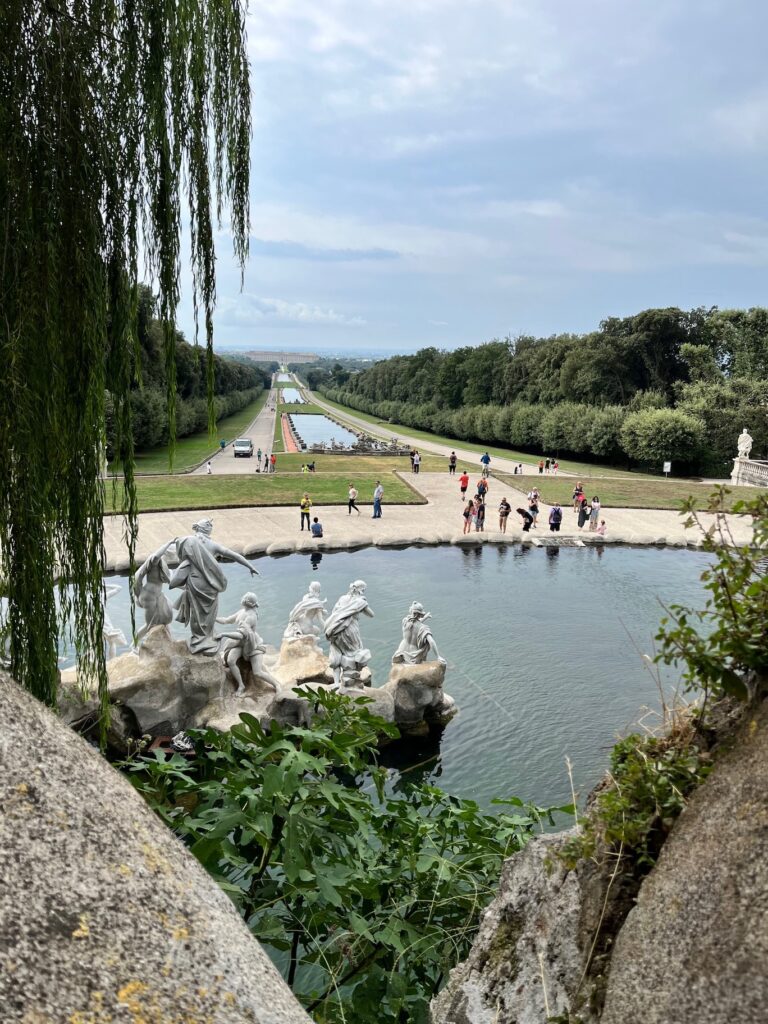
After the night in Santa Maria Capua Vetere, the next day was of course spent at la Reggia di Caserta. It too did not disappoint, and it helped to really teach you about how rich the south of Italy was in the past, and how The Kingdom of the Two Sicilies was such an important place. And a visit in no way can be described as “second or third tier”—rather it has just as much of a place in visiting if only it were very close to access for tourists who only have a few days in which to visit top touristic sites. My immediate thought turns to the Palace of Versailles and how, you only need hop on the RER in order to access the grounds. Indeed, there is a train station by the Reggia—but I wonder how many visitors from Naples (or Rome) actually get here.
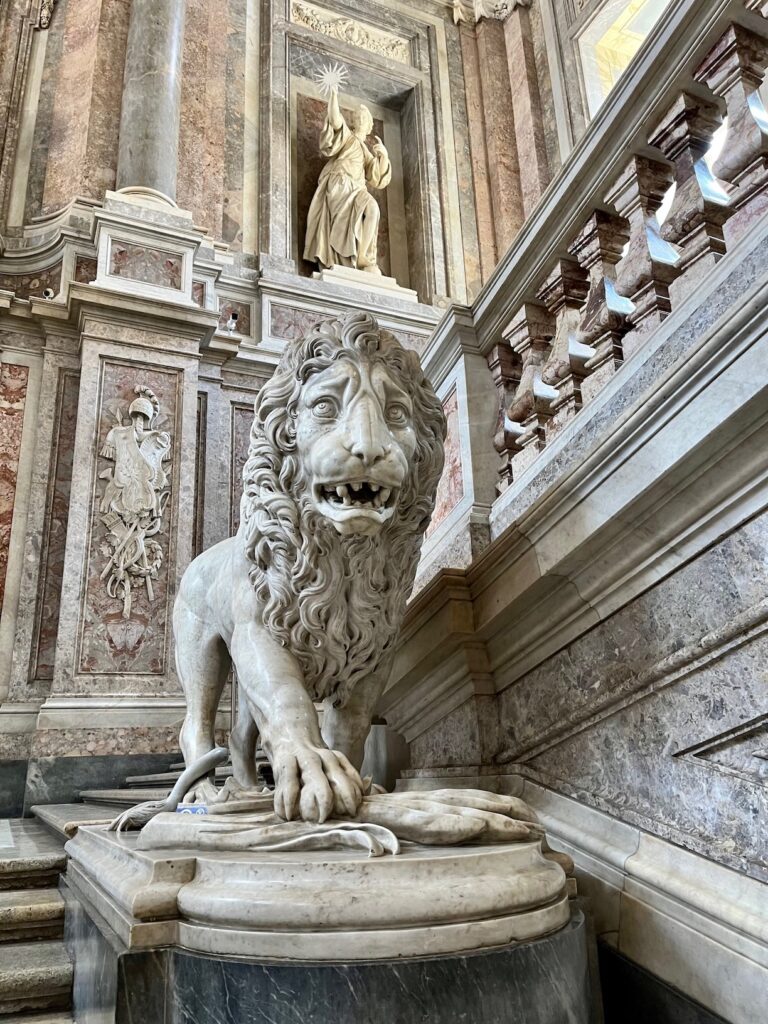
And so my Ferragosto was not spent baking on one of Italy’s most splendid beaches. Instead I opted to fill in a few holes that I had been waiting to experience. And indeed the more I learn about this peninsula, the more I want to see. I feel as though no matter where you are, this is how you should spend your free time, your vacation days. So I’d amend my Italian friend’s Ferragosto observation to instead say, “Do not die, do not be born…but instead go out and see something new during Ferragosto”. I’m already looking forward to what I will be doing next year.